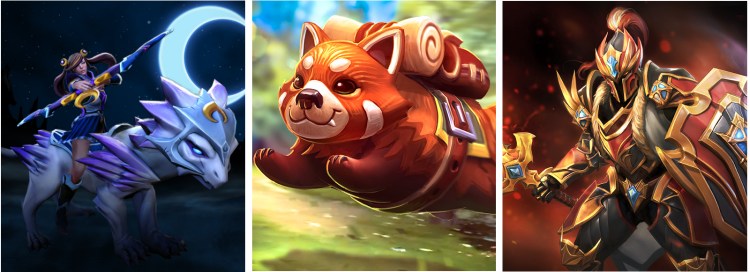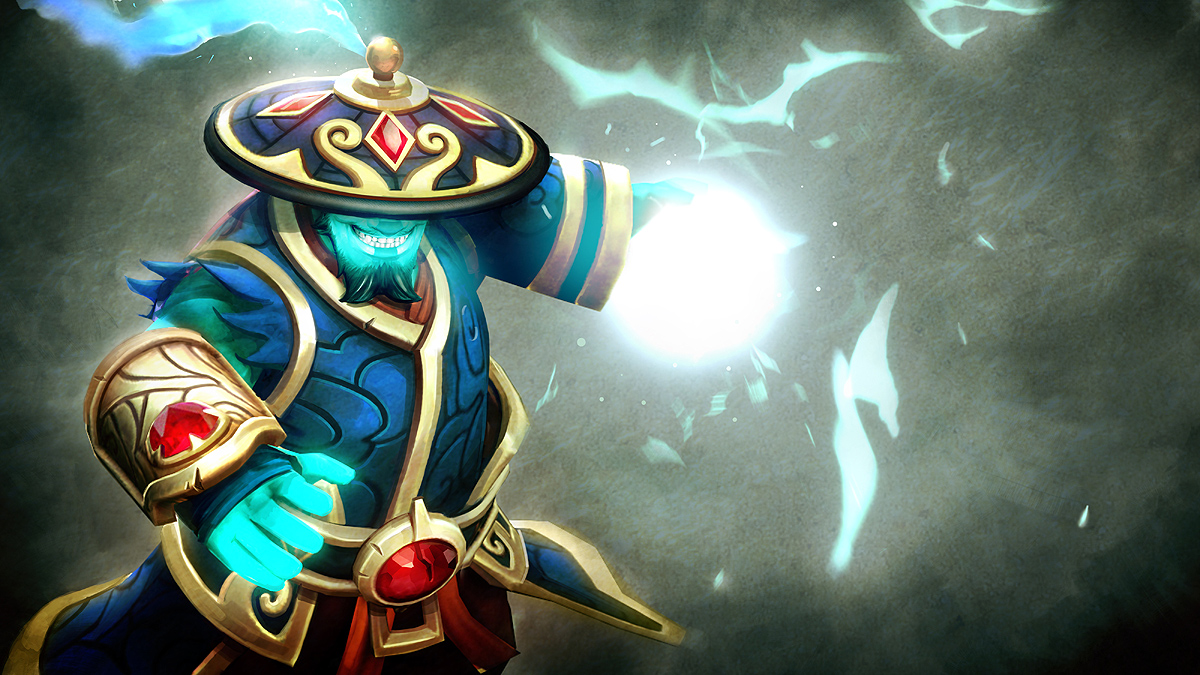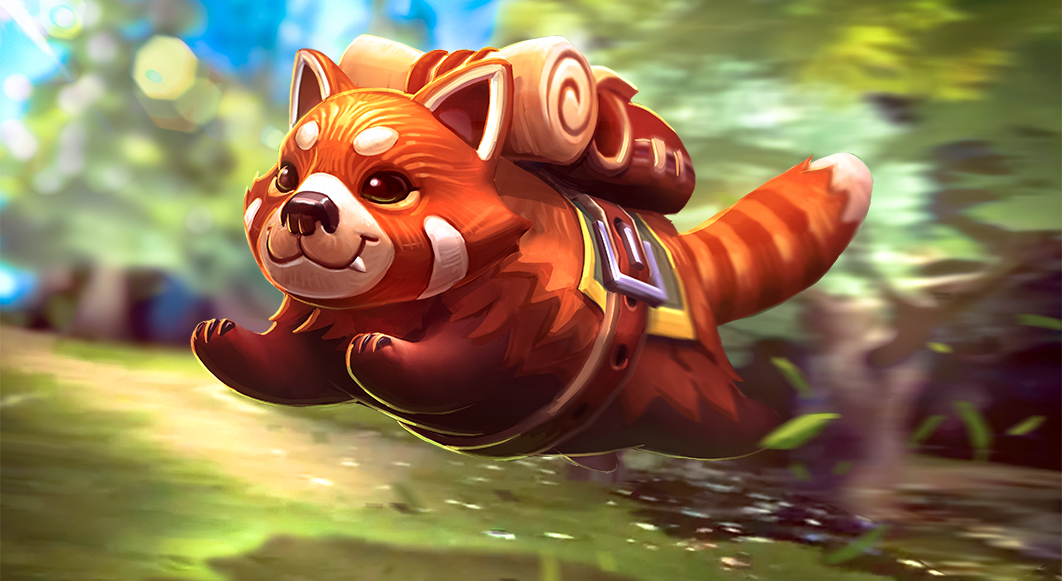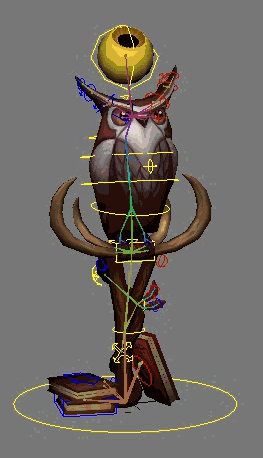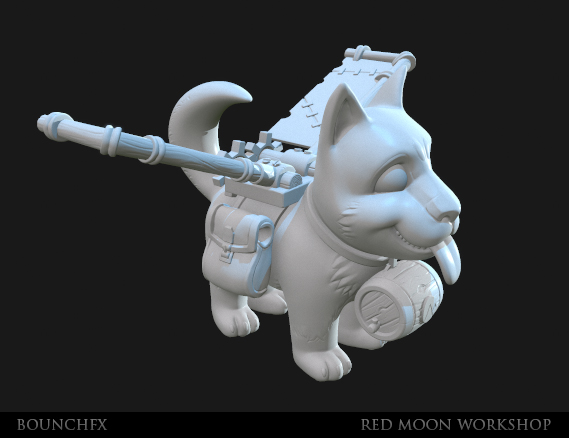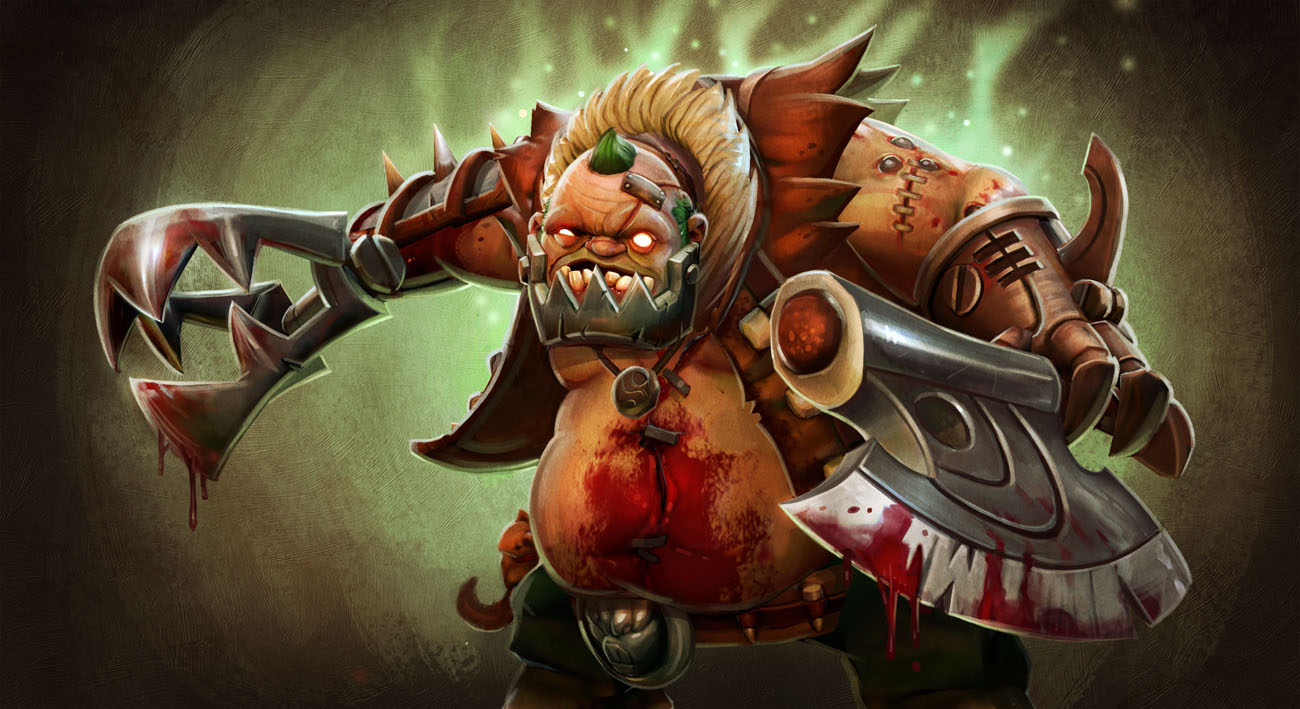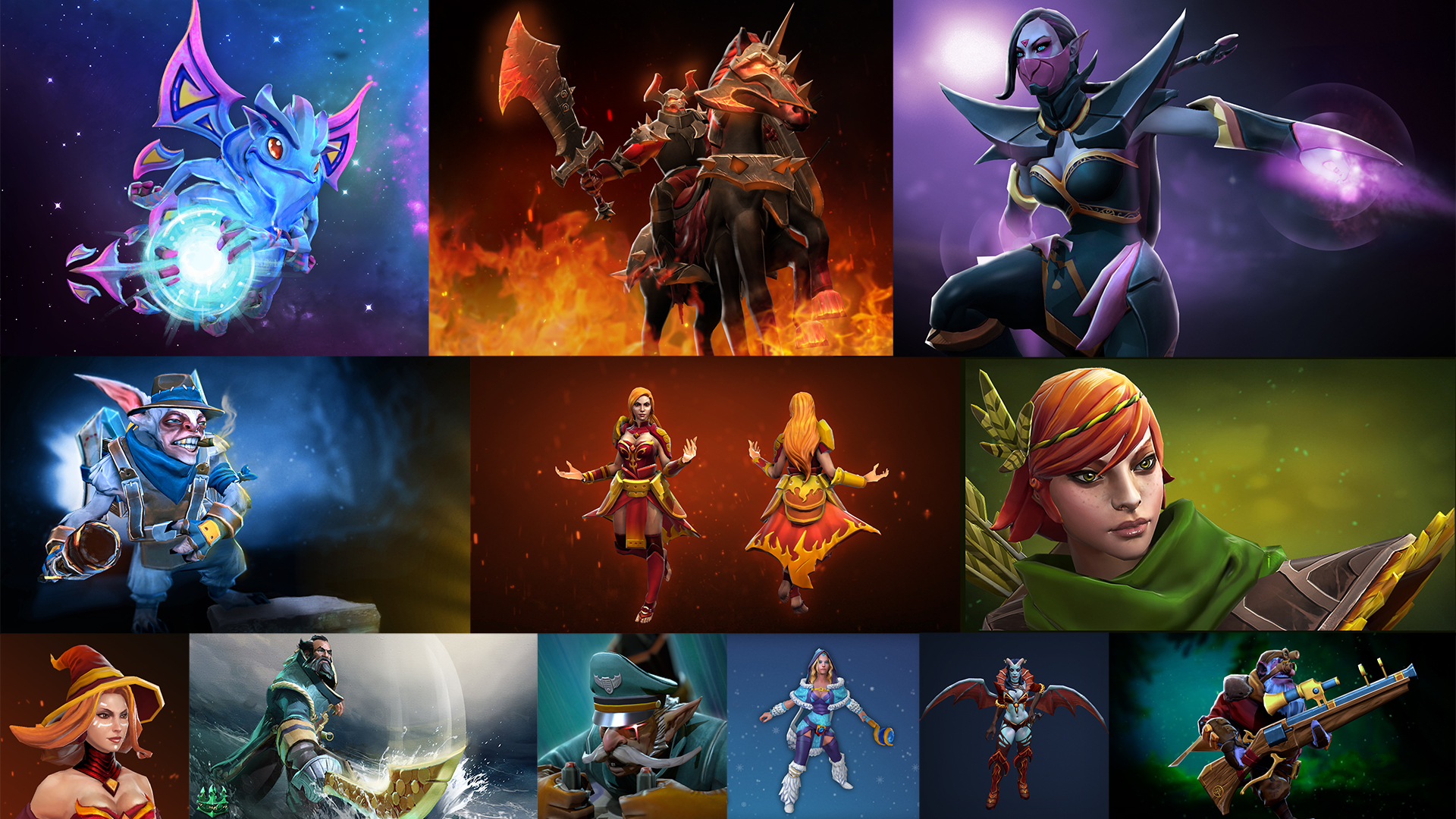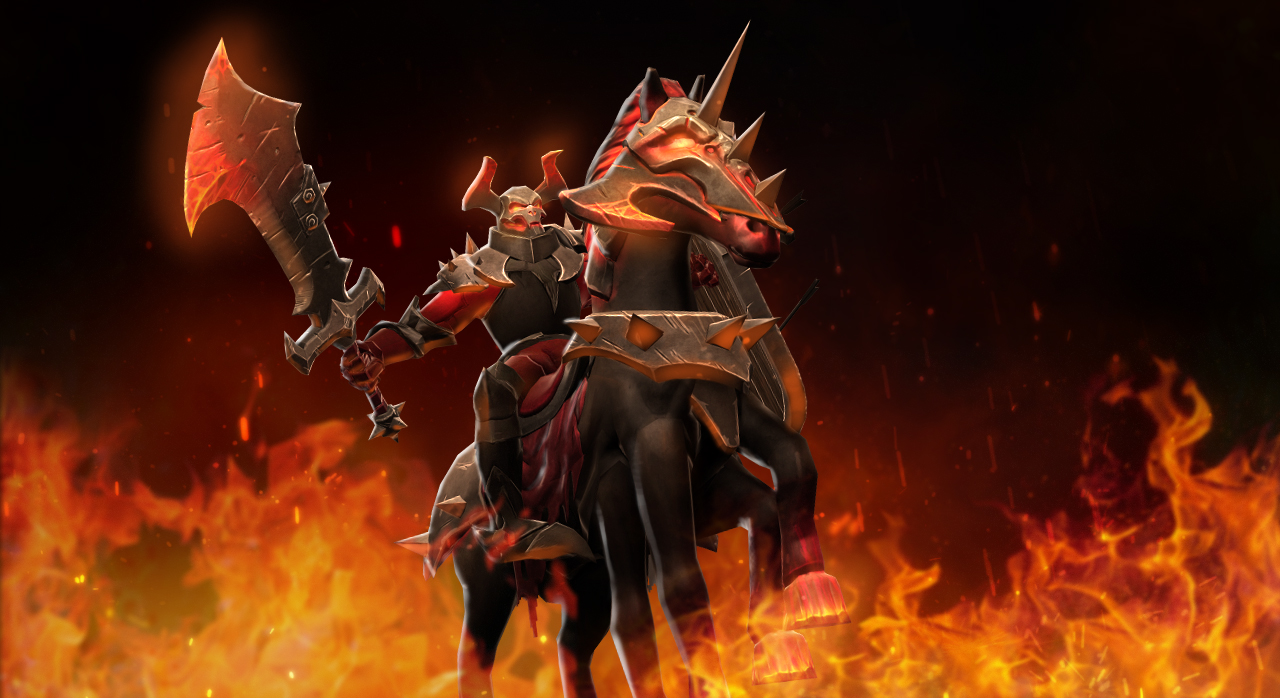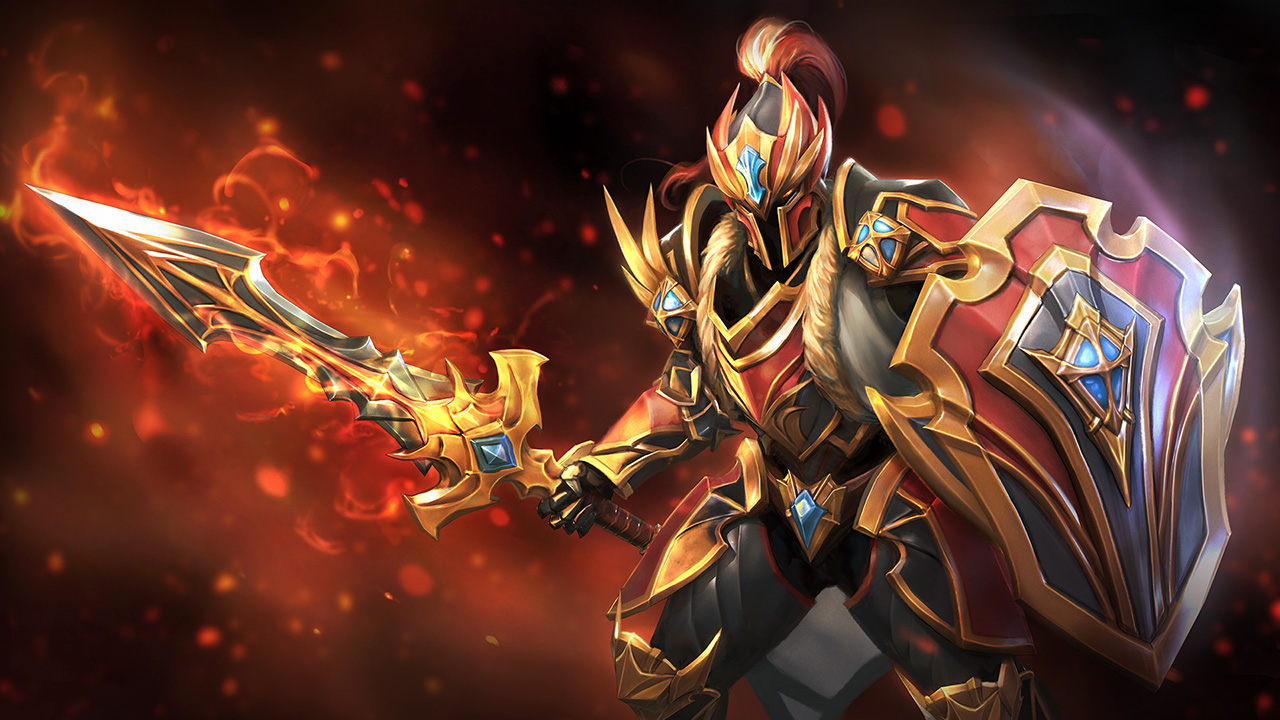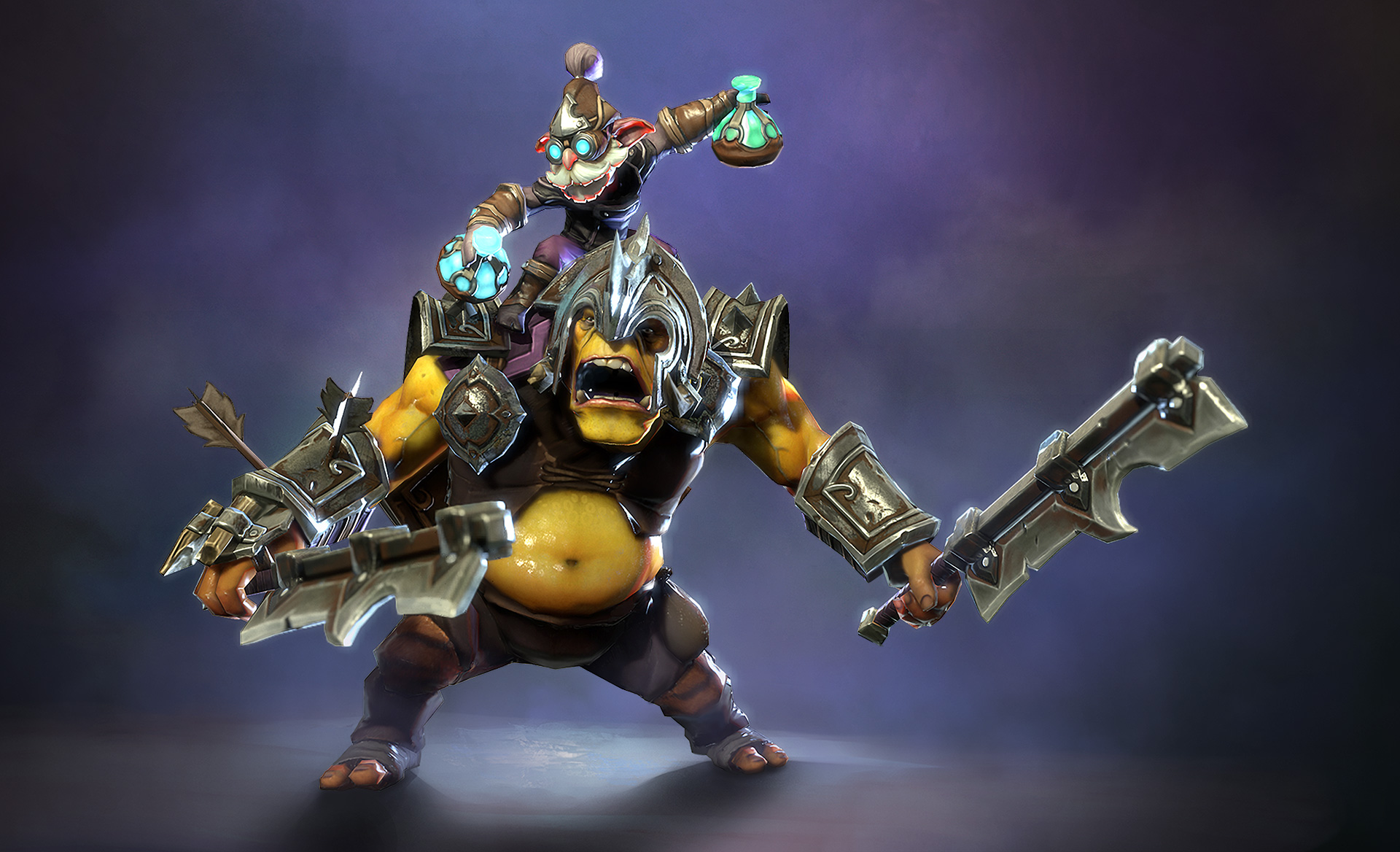Dota 2 is a game played by millions of people worldwide, but it’s also home to a committed group of artists who create and sell unique content for its many heroes through the Dota Workshop.
So while the continued success of Valve’s free-to-play multiplayer online battle arena (MOBA) game is helping to grow the world of e-sports, the Dota 2 Store plays host to a shared business model that splits the proceeds from the sale of small in-game items between their creators and the publisher. Community members submit their own ideas — as fully-formed 3D models — for items like armor sets, companion animals, and wards to spy on enemies, and Valve selects the best for inclusion in the game store.
It’s a model that has proved life-changing for many 2D and 3D artists previously employed at game studios who now find themselves with a staggering amount of creative freedom.
GamesBeat reached out to five of the artists making a living from the Dota 2 Workshop to find out about their creative process, their transition from gaming studios to independence, and what it’s like working with the notoriously secretive gaming giant Valve, albeit from a distance.
Welcome to the Red Moon Workshop
The guys at Red Moon Workshop don’t really keep office hours. They’ve created some of the most iconic items in the Dota 2 store — including the red panda courier, Redpaw, that brings supplies into the heat of battle — and their ongoing commitment to their work is clear.
“Our job schedules are … very interesting,” said Brent LaDue, also known as Bounchfx, at the start of my Skype call with the three-man team. “It’s erratic. Is work done? No — stay up.”
LaDue is the 3D artist responsible for modelling the team’s designs for inclusion in Dota 2. Andrew Helenek is the animator in the team, bringing the designs to life, and Sirio Brozzi, known as Oroboros, is in charge of everything 2D-related, including initial concept art, marketing images, and icons.
From the outside, Red Moon Workshop looks like it’s nailed the art of creating items for the Dota 2 Workshop, but it hasn’t been easy getting this far, and the team insists it’s still learning to navigating Valve’s innovative but sometimes obscure user-generated content model.
“It’s all uncharted territory,” said Brozzi. “It’s the Wild West.”
Coming together
LaDue and Brozzi were both employed at development studios within the gaming industry when they started creating for Dota 2. At first, it was a side project for both, but it soon turned into a full-time gig.
Brozzi was working at Sony in Austin, Texas, but the studio ran into trouble. “I was laid off and was given a severance,” he said. “That severance was enough for me to actually transition comfortably into full-time Dota.”
The decision to set up independently came easily. “I’ve been in the industry for about five years, six years,” he said, “and I had some dissatisfaction from what I’d seen of the industry, and I just wanted to break off into doing something of my own.”
Brozzi and LaDue came together to create Dota 2 items thanks to an introduction from a mutual friend. For a while, LaDue was working 16-18 hour days — 10 hours in the office for his day job and up to 8 hours at home in the evening on Dota 2. It got to be too much despite the fact that he was loving creating, and he decided to jump into Dota 2 full-time with Brozzi “and see what happens.”
Helenek then joined the team, having moved straight into designing for Dota 2 from his final year at college.
Taking a gamble
Making items for Dota 2 is a bit of a lottery. Although the community votes on which items they want to see make it into the game, Valve always has the final say. “I always tell people it’s like gambling because you never know if your stuff is going to get in,” said LaDue.
With its three-man team and organized structure, Red Moon Workshop manages to submit a lot of items to the Workshop, though, which in turn increases its chances of success.
“Our only advantage [over smaller teams] is how often we put stuff in,” said LaDue. “We all work very hard, so we have more submissions. We roll more dice than other people.”
In terms of financial reward, the team wouldn’t talk numbers but said it’s doing all right.
“If you work at it full-time like we do and get a decent number of submissions,” said LaDue, “if you get stuff in semi-regularly — maybe quarterly, even — it can be comparable to doing a full-time job. Enough to live off of.”
But avoiding gaming studio politics is the real deal-clincher for the Red Moon team.
“We’re doing it because we’ve found it can give us a quality of life similar to what we had without having deal with the rest of the studio crap,” said LaDue.
So, even though the guys are still working crazy hours at times, they’re doing it on their terms.
“I probably put in 70-90 hours a week,” said LaDue. That’s not a standard week, though, if such a thing exists in Dota 2.
“There was one project in May where I pretty much didn’t sleep,” said LaDue. “At that time, it might have been 120-hour work weeks. After that, we kind of chill out for two or three weeks.”
The way they hand off work to each other as a project takes shape means that the team is never really on crunch at the same time — kind of like an artistic relay team, with Brozzi in charge of initial concept art and final marketing images, “always at the beginning and the end.”
Freedom of expression
The creative freedom that Valve’s Dota 2 Workshop offers is absolutely key to its appeal to the Red Moon team. With no one telling them what to make and when, the three artists can bring their ideas to life without restraint.
“I’m personally very grateful for the fact they even set this up like this,” said Helenek. “It’s empowering to content creators.”
“Most of the companies I was at,” added Brozzi, “there was almost like a certain lack of creative freedom, and the Dota 2 Workshop allowed us to basically take things into our own hands. There’s no boss. We determine what we want to do. There’s nobody telling us that we can’t [do something] other than each other.”
“If it works,” said LaDue, “it works because of your creativity, and not because someone high up is saying, ‘You guys have to do this in the game,’ and you’re sitting at your desk thinking, ‘Why would they make this decision?’”
I asked if there wasn’t still someone approving or disapproving their projects.
“That would be Valve,” said Brozzi. “The community votes on it, and then Valve makes the final call. I think we’ve spent months trying to figure out how they work. It’s interesting — they’re not a very transparent company.”
Communicating with Valve
In my discussions with various Dota 2 Workshop artists, this is something that came up time after time. Communication with Valve is practically non-existent.
The guys at Red Moon Workshop read the weekly patch notes for Dota 2, trying to keep up with changes to the game that are never shared with them directly. It’s frustrating at times, but the Dota 2 community is tight-knit, and everyone shares what little information he has.
“They don’t really talk to anyone,” LaDue said of Valve. “They will make changes to some heroes without ever actually announcing it publicly. Slardar, for example, is due for an update lately, so they probably won’t put in any of his stuff.
“They never actually say that; it’s just assumed by the community based on the file changes.”
The Red Moon team is finally getting a handle on the kind of designs that Valve wants to see for its heroes after “months of trial and error,” but there are still times when it doesn’t go to plan.
“I’m going to point out Oroboros’s Omniknight [set] because that shit was awesome,” said LaDue, explaining how the item set created for the Dota 2 hero appeared in the files for a game patch but has never actually made it into the game. “I think this was like October or September,” he said, “and it still has just, like, been in oblivion. This kind of weird limbo.”
Brozzi offered an explanation for the set’s non-appearance, based on a change in the character model by Valve. “Sometimes they rework the heroes in Dota 2,” he said, “so they might redesign them or recolor them or something, and at the time Omniknight was gold and blue. We released it, and a week later, they changed it to red and white.”
Bad timing, then, which meant more work for the Red Moon Workshop. But having redesigned the set at Valve’s request, it remains in limbo.
Even the team’s best-known creation, Redpaw, wasn’t easy to get approved. “He was sitting in the Workshop for over a year,” said LaDue. “Sometimes it’s just a matter of time. It does come down to Valve. They can ‘yay’ or ‘nay’ whatever they please.”
Growing success
Red Moon Workshop is currently making its first item set for a professional Dota 2 player. It will be pretty special, by the sounds of it, with “extra bells and whistles” compared to regular player sets. It’s also one time when Valve will communicate with the studio to make sure everything needed is in place.
The team has also worked with Nexon, the publisher of Dota 2 in Korea and Japan, as well as Chinese online gaming company Perfect World. Red Moon originally thought that working for tournaments and gaming companies might be more financially rewarding. It wasn’t.
“In the end, the answer was a really huge ‘no, it does not help make more money,’” said LaDue.
It did, however, expose the team further to the community and help to spread its work through word-of-mouth. “I think we can trace every client that we’ve had back to the original one that we had,” said Brozzi. “We ended up getting tons of opportunities off of one project.”
Going beyond the game
With Dota 2’s popularity growing at an exponential rate, there are other business opportunities available beyond the Workshop itself, not least of which is physical merchandising.
It’s something that Red Moon wanted to be involved with from the start and one of the reasons LaDue left a studio job for Dota 2.
“There’s a bunch of companies internationally trying to get into the merchandise scene [for Dota 2],” said Brozzi. “We were working for one in Europe we were supposed to do a large amount of merchandise for.” Despite several months crunching on merchandising projects, however, it didn’t work out as expected.
“I think Valve gave preference to another merchandise company,” said Brozzi. “So we ended up with this weird situation where some of our stuff was going to get included, but we’d done a bunch of other work that right now we’re trying to figure out what to do with.
“Its very indicative of the way the Valve system works,” he added. “You never know what’s going to happen.”
The merchandising opportunities are still there, though, as long as you know who to talk to, and the team is currently working out which company to team up with to bring a Redpaw plush to market, among other ventures.
“At the [International Dota 2 Championship] was the first big wave of user-generated content turning into physical merchandise,” said Brozzi. “It’s going to continue to happen, honestly.”
And Dota 2 isn’t the end of Red Moon’s ambitions. All three members believe that the Dota 2 Workshop has proved too successful for Valve not to expand to other games, and they can imagine making items for Left 4 Dead 3 in a not-too-distant future.
“I think that going forward, I see this as being Valve’s No. 1 business model,” said LaDue.
From studio employee to Dota 2 creator
Losing a game industry job is tough. For Kyle Parsons, though, getting laid off by Kerberos Productions, a small development studio in Vancouver, Canada, became an opportunity to work on a game he loves.
“The game I was working on [at Kerberos] got cancelled, and I got laid off,” he explained via Skype. “That was a couple of months after I started working on Dota 2, so I was able to continue making Dota items after that.” It’s worked out well for the 3D artist who goes by the name Frump.
Parsons got into the Steam Workshop scene through a friend who makes items for popular free-to-play shooter Team Fortress 2. Although none of Parson’s Team Fortress creations ever made it into the game, it was enough to spark his interest in the idea of selling through Steam.
Valve invited Parson’s friend into the first round of Workshop item creation for Dota 2. He persuaded Parsons to work with him, and together they created a sword for Sven, the Rogue Knight hero, which made it into the game in June 2012. “That was a motivator to keep going,” said Parsons.
Now, Parsons works full-time on creating Dota 2 items. He starts by picking a hero and then gathers artistic reference points and inspiration from websites like DeviantArt. “I find elements that are cool, weapons that are cool,” he said. He’ll then sketch his ideas out on the computer before diving into 3D work.
The ability to work on a game he loves, on his own terms, clearly means a lot to Parsons. “I just love every aspect of the game,” he told me, including the “vast amount of characters” and “the awesome art direction.” When he’s not working on items or playing Dota 2, he’ll often stay up and spectate games. He describes Dota 2 as “the deepest, most fun action-RTS [real-time strategy game] out there.”
And, for Parsons, working on the game he loves is as financially rewarding as being employed at a game studio.
“I’d say I’m probably on the mid-level of earners,” he said, “and I make a pretty decent wage. Probably slightly better than I’d be making if I were working as a mid-level artist at a studio in the game industry.”
Perks and frustrations
The recent International Dota 2 Championships in Seattle also gave a number of Workshop artists a chance to show off their work and meet their followers, something they couldn’t possibly expect working at mid-level in a development studio. “Everybody had their own little booths where we could meet fans and sign autographs,” said Parsons. “That was pretty cool.”
The only frustration for Parsons comes from a lack of communication between the Workshop artists and Valve. Changes to the game aren’t communicated directly to the artists, and he says he usually gets detailed information on patches from sites like Reddit.
“[Valve] sort of decide things on their own, and we find out about it after,” said Parsons.
“There’s not a whole lot of communication,” he said. “Throughout the years of going to the International, we’ve met a lot of the Valve employees and talked to them. We sort of know them, but we don’t communicate a lot when it comes to the Workshop stuff.”
Valve recently rolled out an alpha version of Workshop tools for Dota 2, which will enable user-generated maps and modes to appear in the game. Parsons expects big things from this, but he won’t be getting involved himself.
“I think it will definitely have a big impact on the game and the Workshop,” he said. “Personally, I’m not super interested in the map-modding end of things, but a lot of people out there definitely are, so we’ll be seeing a lot of that in the future.”
With 20 items already in the game and more to come, Parsons will just keep on designing for the game he loves.
The Dragon’s Ascension
Donald Phan is best known for creating the Dragon’s Ascension set for the Dota 2 hero Dragon Knight, available in the Champion’s Chest — a mythical-rated treasure. But not many Dota 2 players link his Workshop name, Don Don, with his art — at least not yet.
“I found out during TI4 [this year’s International Dota 2 Championships] that more than a few people were surprised when they saw my lineup of cosmetics,” Phan told me via email, “which means my name isn’t easily connected to my work.”
Phan is a freelance character artist by trade, and he draws and paints by hand using traditional media as much as he can. He works on other projects alongside his Dota 2 creations, but he’s wanted to go full-time on the game for a while. Unfortunately, he told me, there’s “always been other stuff popping up preventing me from doing so.”
Phan first heard about Dota 2 modelling during a contest held two years ago at Polycount, a forum for video game artists. Valve selected the best of the contest entries for inclusion in the Dota 2 store.
While Phan was too busy to enter at the time, as soon his schedule cleared he started working on Dota 2 items. At the last count, he had 50 designs approved and in the game.
“I usually start with a very loose sketch,” Phan said, explaining his creative process. “I’m not too worried about details at this point and am mostly scribbling down interesting shapes for me to further explore in [digital sculpting tool] Zbrush, where I can push and pull the forms in 3D space. Oftentimes, I’ll get stuck in this 3D designing stage, so I paint over a screenshot of the model to clarify some ideas and more quickly explore possible variations. Once I’m satisfied with the design, I can then move on to creating the final model and texture and previewing it in-game.”
The Dota 2 Workshop offers an artistic freedom that is rarely found in game development, according to Phan. “I feel more personally invested in what I’m creating when I don’t have to answer to someone else’s art direction,” he told me.
Instant gratification
The joy of seeing his creations enter Dota 2 so soon after they’re finished is also integral to Phan’s ongoing relationship with the game. “It’s different from a typical freelance job,” he said, “where you can’t even show what you’ve worked on until you get clearance from the developer, which is usually some time after the game launches. The Dota Workshop offers a lot of immediate visibility, and, if I’m lucky, I can get a set into the game a few weeks after completion. Being able to see content go live so quickly is a very rewarding feeling.”
Besides providing general creation guidelines to the Workshop community, Valve just leaves Phan to do his own thing. “Valve is pretty hands off with the Workshop,” he said, “and will only reach out to Workshop artists if they feel it’s absolutely necessary.”
That hands-off approach means it’s quite tense waiting to see whether new items actually make it through the selection process, though. “It can be a bit nerve-wracking,” he said, “as you wait and cross your fingers after submitting an item to see if you’re lucky enough to get into the store.”
And this gets harder as time goes by, with more and more artists getting involved with the Workshop. “There’s a crazy amount of competition,” he said, “and it will only get tougher as the community continues to put out higher quality items with each passing month.”
For now, though, Phan continues to find success creating items for Dota 2 even if he doesn’t have much luck in the battle arena himself. “I’m so terrible at it that I’m responsible for the team losing more often than not.”
VentureBeat's mission is to be a digital town square for technical decision-makers to gain knowledge about transformative enterprise technology and transact. Learn More
